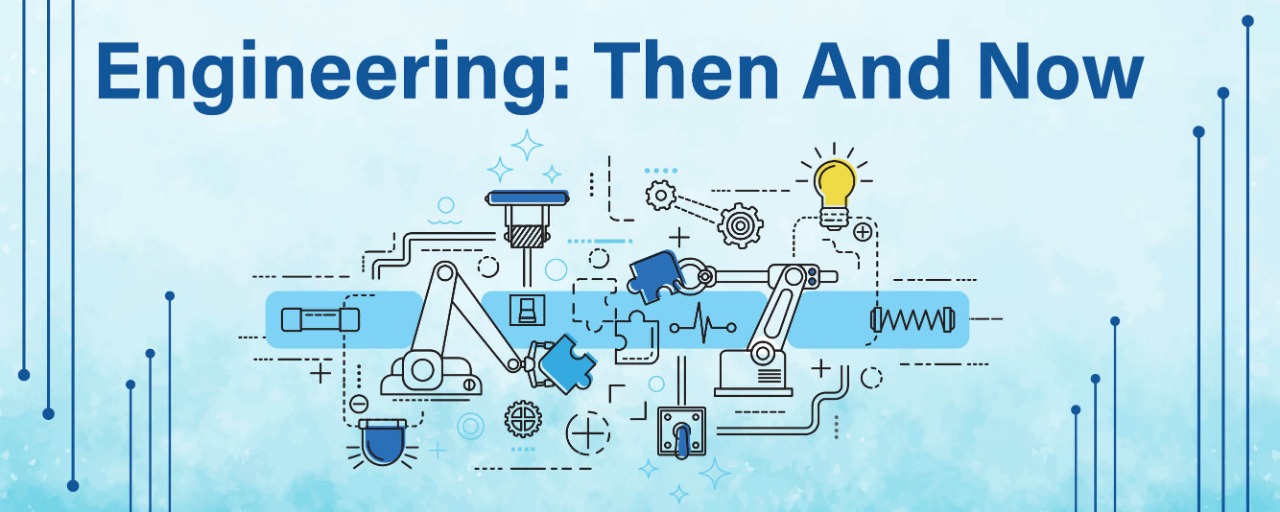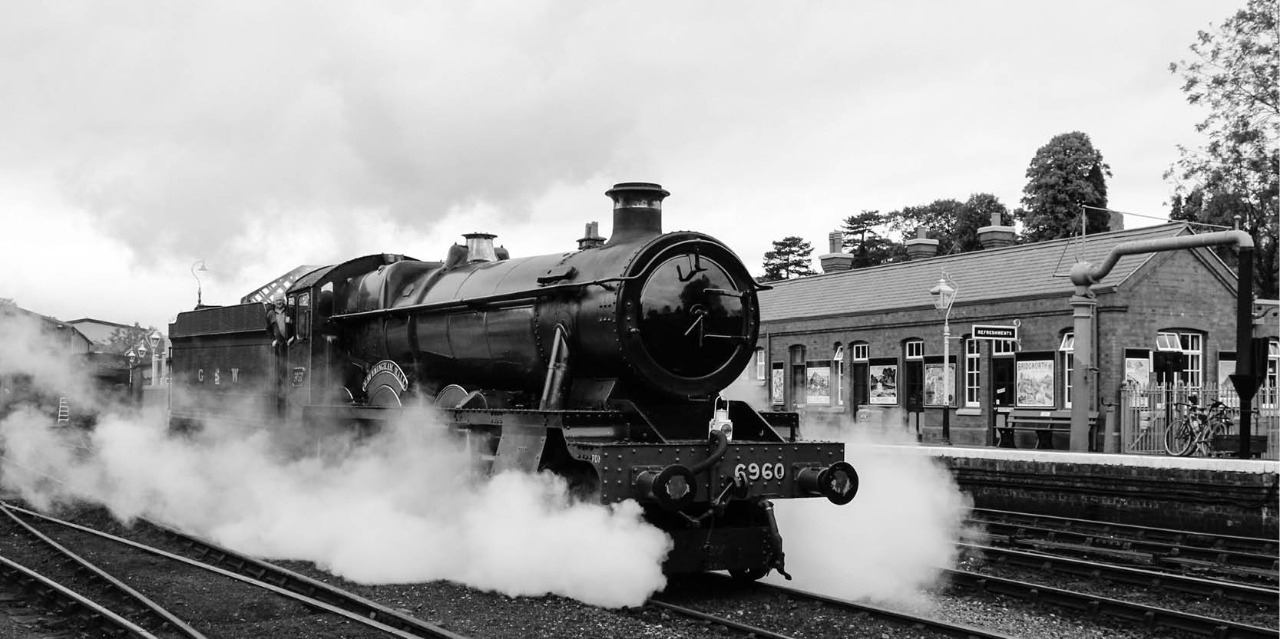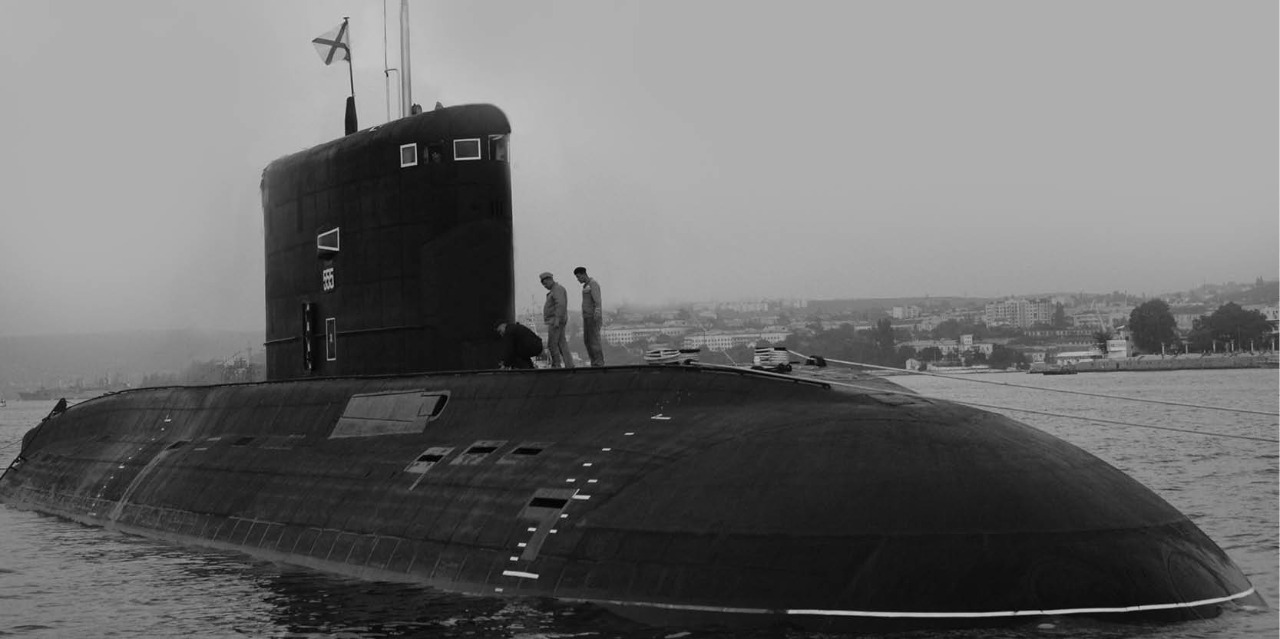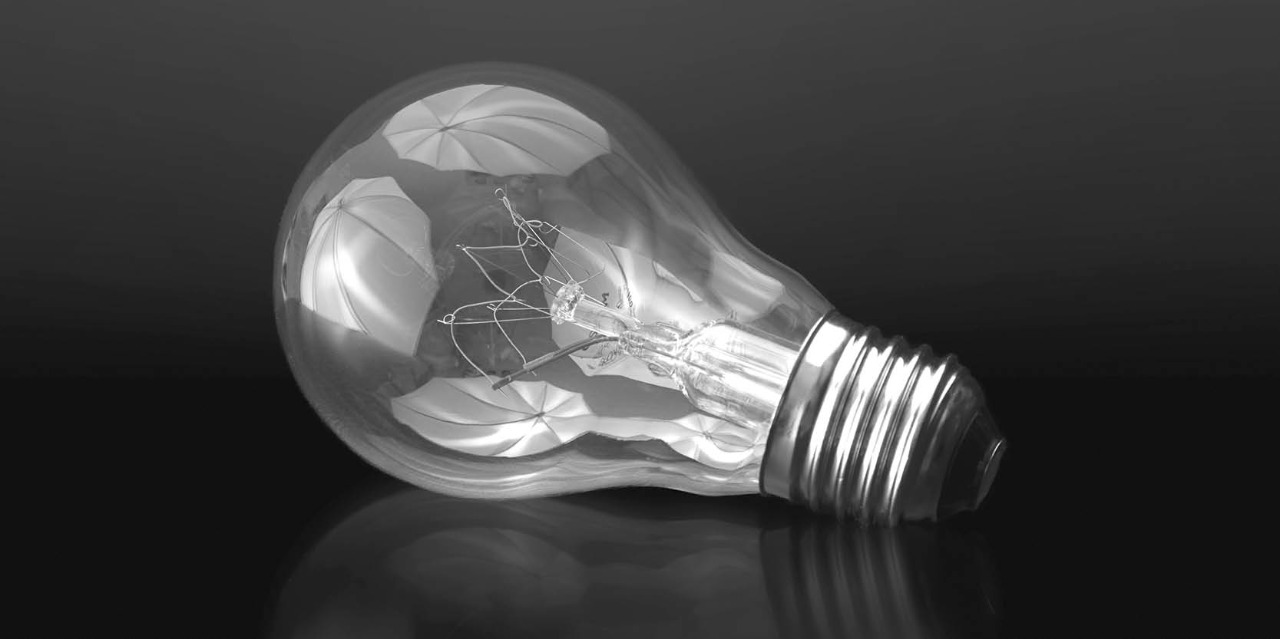Engineering: Then And Now
Engineering Education, A Brief History

Engineering could be the perfect career option for you if you want to work at the cutting edge of technology. It is for those who are willing to potentially make a major difference in people's lives all around the world in a variety of ways. Over the years starting from as early as the 1500s the world has marked the existence of engineers. Today, with the advancement of technology and digitalization of the world, building a career in the field of engineering is what most young minds are looking forward to. But, have we ever imagined what engineering is all about? Do we not need a better understanding of engineers and their inventions that changed human functioning? There are a plethora of divisions and departments in the field of engineering today some of the most chosen ones are provided as curriculum at MIT AOE, Alandi. This blog is all about the advancements and achievements of engineering over the period of time. At MIT Academy of Engineering, we believe in understanding the roots of a career before starting to pursue the same.
Engineering Education, A Brief History
Starting in the mid-nineteenth century, new processing methods - most notably for steel and petroleum - reshaped transportation, construction, and manufacturing. Scientists, inventors, and entrepreneurs flourished and “game-changing” technologies appeared in several different industries. Advances were made in all areas, including technologies that transformed everyday activities. For example, in:
- 1851, Isaac Singer patents a continuous stitch sewing machine
- 1868, Christopher Sholes patents the first practical typewriter
- 1873, Andrew Hallidie invents cable cars for use in San Francisco
- 1874, Joseph Glidden invented barbed wire
- 1876, Alexander Graham Bell patents the telephone
- 1884, Lewis E Waterman patents a practical fountain pen
Today, engineers are helping feed and support an increasingly urban world population that could reach 10 billion by the year 2050. They are working to ensure that all people have access to clean, fresh water and adequate shelter.
Engineers today are developing safe, efficient, and renewable forms of energy. They are helping to improve our health with more effective drugs and medical treatments. They are working to design new and more powerful ways of creating, storing, and using information.
Engineering inventions created during the industrial revolution
The Industrial Revolution was marked by technological and industrial developments that influenced how people live and work. The first phase began with the mechanization of labor in Great Britain, while the second phase focused on technological advancements that led to more complex engineering inventions all over the world. People moved out of small towns and villages to work in factories, causing mass migrations. People began to purchase mass-produced things made in factories and industries rather than making goods at home. The following are some of the most significant engineering breakthroughs during this time period:
Steam Engine
The steam engine, which played a key role throughout the Industrial Revolution, was able to harness the energy of steam to move machinery, making it an excellent source of power for factories, mines, and transportation. The steam engine paved the path for the development of more sophisticated heat engines as well as large-scale electricity generation through a series of incremental advances. James Watt, a Scottish engineer, developed a fully functional atmospheric steam engine that was important in the revolution's growth.


The Submarine
David Bushnell created the first submersible vessel which he called the "Turtle" due to the manner it sat in the water. The Turtle floated on the water, and the operator could pump in fresh air through a leak-proof intake valve before submerging, as he risked his life many times to design a machine that could help his country in combat. It was built of oak and strengthened with iron bands, standing nearly 8 feet tall and 6 feet broad. A single operator entered through the top hatch, which was airtight. Inside, he sat on a stool and piloted the ship with two hand-cranked propellers. Despite the fact that his model was subsequently modified, America's Founding Fathers praised David Bushnell's design.
The Telephone
Alexander Graham Bell is credited with inventing the telephone, which he did after a series of tests and experiments. While the telegraph had established itself as a vital mode of communication, the telephone swiftly surpassed it in popularity because it allowed for the transmission of the human voice via an electric current. Long-distance communication flourished as messages could be sent around the world in a matter of seconds.


The Airplane
The Wright brothers successfully launched the first aeroplane in 1903, allowing more people to travel to longer places in less time. The airplane revolutionized personal and business travel, as well as military operations. It made it possible to travel across bodies of water without the use of boats during the Industrial Revolution, allowing people and materials to be transported.
The Light Bulb
By generating a vacuum inside the bulb and transferring a lower volt of electricity into it, Thomas Edison improved on several light bulb ideas. The light bulb he invented lasted a lot longer than the ones before it. During the Industrial Revolution, the light bulb illuminated the world and opened the path for the global spread of electricity.

How Engineers are making a difference to the world?
Engineering is a highly rewarding, yet demanding and tough career that allows you to make a significant difference in people's lives and the world at large. An engineer's job is to solve some of the world's most difficult challenges, saving lives and developing amazing new technical improvements that can better our lives. A budding engineer is not only trained practically but also technically and professionally to meet the demands of the changing world. MIT AOE, Pune looks forward to training the engineers through rigorous internships and practical training at every stage of their curriculum.
Engineers are responsible for the remarkable improvements in healthcare over the years. Engineers' efforts, as well as the design of technologies that help save lives and improve the quality of life for others, have contributed to advancements in medical technology. Engineers are continually constructing new advancements. Without engineers, the current transportation system would not be where it is now.
Changes In The Engineering Profession
It's tempting to believe that we live in the most technologically advanced era in human history, with robotic armour, self-driving agricultural tractors, and nuclear clocks that are accurate for over 100 million years. It may appear that practically every operation or activity may be completed with the flip of a switch or the push of a button.
There's no way of knowing whether some future era would look back on this one and marvel at how primitive life was in the early twenty-first century. Most people today, like those in the early Middle Ages, find it difficult to understand how this modern age could be considered outdated or backward. On the other hand, it feels that whatever technology improvements the future brings will be unpredictable. "Once the technology is available, people will use it in ways it was not intended,". "That's the entire history of technology,"!
To know more about MITAoE, Stay Tuned To Our Website for Weekly Blogs!
